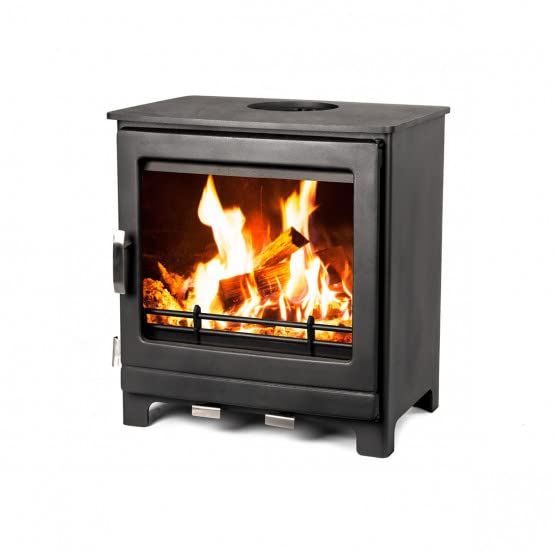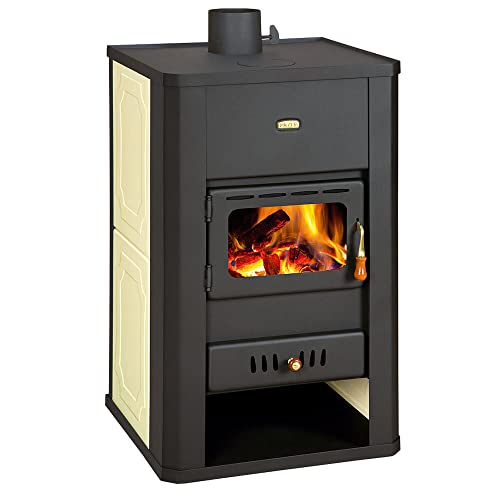What's The Current Job Market For Multi Fuel Stoves For Sale Professio…
페이지 정보

본문
 Small amazon multi fuel stoves fuel stoves for sale (http://legendawiw.ru/forum/index.php?action=profile;u=274092)
Small amazon multi fuel stoves fuel stoves for sale (http://legendawiw.ru/forum/index.php?action=profile;u=274092)Small multi fuel stove ebay fuel stoves available for sale provide the convenience of burning multiple kinds of smokeless fuels. They are also versatile and can be utilized in a myriad of rooms and home decors.
 If you reside in a region where smoke is not a problem, you should choose a DEFRA-approved stove, like the Stovax Stockton 5 to burn wood and other non-smoking sources of fuel legally.
If you reside in a region where smoke is not a problem, you should choose a DEFRA-approved stove, like the Stovax Stockton 5 to burn wood and other non-smoking sources of fuel legally.Canister Stoves
Canister stoves burn fuel that is stored in sealed canisters made of propane, isobutane or the combination of both. They are the most sought-after type of backpacking stove and provide a competitive fuel efficiency and easy operation. They are great for summertime trips or trips where you have to pack light, or for those who prefer a simpler system. However, they aren't as effective in the harsh winter conditions and aren't the ideal choice for expeditions at high altitudes.
Certain canister-fuel systems, such as the Jetboil MiniMo System or MSR WindBurner System come with an integrated design that connects directly to the fuel canister. This makes for an extremely compact and lightweight system. This helps to save space however, it also opens the canister to the elements. It is less resistant to the effects of windy conditions. Soto's non-integrated WindMaster stove however, offers a more resilient pot support system that keeps the canister closer to the burner, allowing for better heat control in windy conditions.
Many canister stoves can struggle in cold temperatures. As temperatures drop, so does the pressure in the canister, which can cause poor performance, or even failure. The MiniMo pressure regulator counters this issue, providing consistent heating in subfreezing temperatures.
Liquid-fuel stoves use an additional, refillable fuel bottle and offer a wider choice of features. Some stoves can use unleaded gas (the MSR WhisperLite International, for instance) and others use white-gas, isobutane/propane blends, kerosene, or even white-gas. These types of designs are ideal for backpackers who live in remote areas where it may be difficult to find fuel canisters that have been prefilled.
A few backpackers also choose wood-burning stoves. These are extremely efficient in terms of energy usage however they add to the weight of your backpack and bulk. You can also find a handful of backpacking stoves that are self-contained and burn wood or other biomass for fuel, such as the Solo Stove Lite above. These stoves are more suitable for shorter backpacking trips and don't offer the same level of convenience like a canister or a liquid-fuel system.
Liquid Fuel Stoves
In contrast to canister stoves, liquid contemporary multi fuel stoves-fuel stoves with fuel use a pump to keep the pressure in the fuel bottle and force it into a small nozzle, where it is burned. They are much better designed for cold weather camping and hiking and can run in temperatures that are below freezing. They are also easier to refill than canister stoves since you simply open the lid and pour the contents in. White gas is the fuel used in most liquid fuel stoves. It is a highly refined gasoline that has very little or none impurities. It burns clean and hot when temperatures are below freezing. Some liquid fuel stoves may run on dirtier, less expensive fuels, such as kerosene and diesel.
The drawback of these stoves is they are generally heavier than canister stoves and they have a lot of parts and moving parts that have to be cleaned and primed over time. In a windy climate they may be more difficult to use since the pumping action can cause the flames to flicker or even smoke. Some also require a priming procedure which involves burning a drip or two of fuel in a cup beneath the burner to heat it up and transform it from a liquid into gas.
Liquid fuel stoves are great for backpacking and camping in high elevations because they are able to operate in freezing conditions in which stoves that use canisters have a hard time. They are also more stable than canister stoves because they are positioned lower on the ground and have wider stove legs, which act as sturdy platforms. Some stoves are as stable as Trangia cast iron multifuel stove stoves that can be used with the original Trangia burner (if you have the Trangia adaptor for X2).
Some models include a shaker jet, similar to MSR which is better suited for igniting white gases. These stoves are also ideal for international travel, as canister fuel and even outdoor supply stores can be difficult to locate. There are a variety of excellent, lightweight, easy to use liquid fuel stoves on the market - the Kovea Hydra is one of the best.
Gas Stoves
Gas stoves are a staple of American cooking. It's hard to find a house in the US without one, and they're well-known for a variety of reasons: They heat up quickly, use natural gas (typically cheaper than electricity) to provide energy and don't require any special installation or venting.
Scientists are becoming more concerned about the harmful emissions that gas stoves release. When they fire gas stoves, they release carbon monoxide and formaldehyde in levels that are above EPA guidelines, as well as nitrogen dioxide, which is associated with a variety of health problems, including learning deficits in young children, lung infections and an increased risk of developing childhood asthma. Even when not in use, they leak methane which is a greenhouse gas that is regarded to be more potent than carbon dioxide but doesn't stay in the atmosphere for as long.
The controversy has led to discussions on whether gas stoves should be banned, and lawmakers have weighed in on the issue. A group of Republican Senators have introduced two bills to prevent the CPSC prohibiting them. House Republicans passed legislation to protect the right of consumers to select the kitchen appliance they prefer.
Many homeowners are considering changing their gas stoves to electric or changing their stoves to cut down on harmful emissions. Others are still reluctant to part with their favorite kitchen appliance. Here's everything you need to be aware of the dangers of these stoves.
The amount of nitrogen dioxide generated by a stove is contingent upon the type of food being cooked and the temperature setting. However they still produce significant quantities of nitrogen oxide while in operation. According to a study for 2020 by Rocky Mountain Institute, Physicians for Social Responsibility and Mothers Out Front, boiling water or baking cakes in a gas stove could produce NO2 concentrations that exceed outdoor air quality standards. However, roasting chickens and using high flame settings can send these numbers skyrocketing.
If you're interested in cutting back on your emissions it's essential to purchase a stove with an efficient design and adhere to a few energy-saving tips. Keep your burners clean, for example, to ensure they work as efficiently as they can. It's a good idea only to use the burners only when you need them, since over-use could use up to 40 percent of their energy.
Portable Stoves
A small stove is a great accessory to your camping gear, particularly when you're on the moving. They can help you cook and stay hydrated while cycling, hiking or hiking. Stoves are powered by a variety fuel sources like wood, charcoal, propane and gas. The cost of the stove is determined by the fuel source, as well as the amount of energy it consumes as well as its efficiency.
Small multifuel stoves are very affordable, especially if you choose one that is powered by propane or natural gas. They are also extremely efficient, using only a less fuel than other types require to produce the equivalent amount of heat. Gas stoves are larger in cooking area than other models. This lets you cook two large pans or pots simultaneously.
While you may think the cost of a butane-fueled stove is high, it's a reliable option in times of emergency when electricity isn't available. Its light weight and compact design makes it easy to carry and store. It is also a quick-heating type of stove, so you can begin cooking your food in a matter of minutes.
Liquid fuel stoves are easy to find in outdoor stores, however they aren't always easy to locate in remote areas. They're usually self-pressurized, so you do not need a pump. However, you may need to refill them once you've used them. The intensity of the flame can be adjusted, so you can simmer without reducing the heat output.
Solid fuel stoves are light and easy to use, however they are not suitable for windy or rainy conditions. They're typically more smoky than other kinds of camp stoves. Also, they require a supply of Esbit 12kw multi fuel stove tabs.
In recent years, wood-burning stoves become more popular because they use a fuel that is easily accessible and sustainable. However, they have limited heating and flame control and could be subject to fire bans in specific regions. To prevent creosote and flammability issues, they must be maintained with care. Make sure you adhere to all elevation and clearance restrictions and ensure that you have a method to safely remove smoke and ash.
- 이전글What Is Folding Rollator And How To Utilize What Is Folding Rollator And How To Use 24.09.08
- 다음글Do Not Believe In These "Trends" Concerning Where Can I Get A Honda Key Cut 24.09.08
댓글목록
등록된 댓글이 없습니다.

